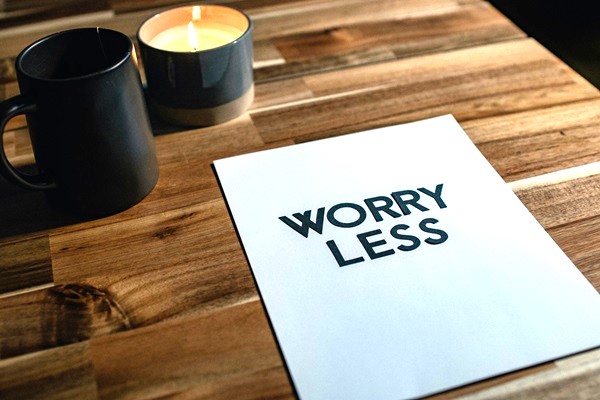In August 1978, the 2-year vs. 10-year treasuries set the prior record of yield curve inversion – 624 days. Since that time, every inversion has ended in recession. Yield curve inversion has been, since that time, the single best predictor of a recession I know of.
It has always been a certainty that it would remain the best predictor… right up until it (like many predictors before it) ceased to work as a predictor.
So, when the pundits talk about yield curve inversion, they really know something… unless they don’t.
Whether you measure the current inversion from March or July of 2022, it has now eclipsed (in time) this prior record. And every week since the first indication in March of 2022, every academic institution and media outlet has been motivated to repeatedly preach and then double down on the idea of the coming recession (which has, to date, remained completely and totally absent).
They do this so they can say “I told you so” afterwards. When they are wrong, no one holds them accountable.
They keep being wrong… and they keep doubling down.
Eventually they will be right, just like a broken clock is always right twice a day.
Had you allowed the fear/concern from any one of these recessionary calls (or the combined weight of all of them) to prompt a change in your appropriately asset-allocated and beautifully diversified portfolio of great companies of the US and the World, you would have lost out on a period of above-average market growth.
This is an instance of The Gathering Darkness. As goal-focused and planning-driven investors, we must constantly remind ourselves of the extremely limited value of economic and market prediction (their only value being the entertainment that comes from noting the high-probability of error while marveling at the predictions that keep on coming, oblivious to how wrong they so often are).
Ever will the darkness gather.
In anticipation of the coming recession, the punditry has called (just as consistently) for the FED to begin lowering rates… but this too has been wrong.
Inflation is not under control and the rate reduction calls have gone (wisely) unheeded.
This has resulted in a quick halt (in late March) to the equity market run and an immediate 5% decline in the S&P 500 (less in the DJIA and more in the Nasdaq) along with all manner of predictions of the market’s continuing decline… the inevitable recession, etc.
Perhaps this is the beginning of our average annual 14% decline, or perhaps it has already turned positive (as earnings – the only thing that really matters – continue to come in better than expected). Either way… it is unknowable in advance.
We cannot make investment policy out of chaos theory.
Both our portfolios and our lives improve when we stop trying.
